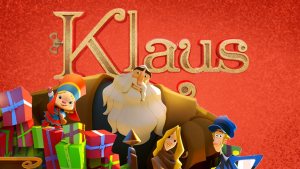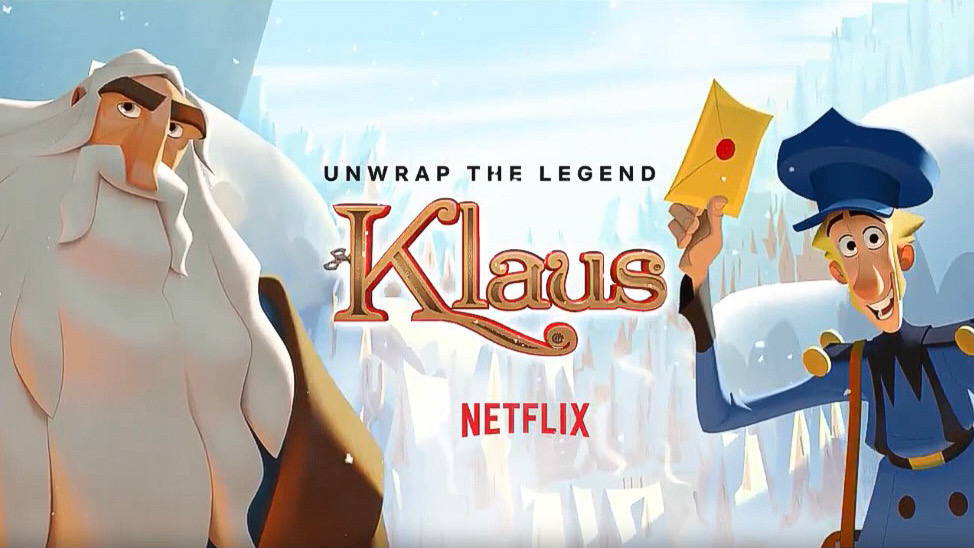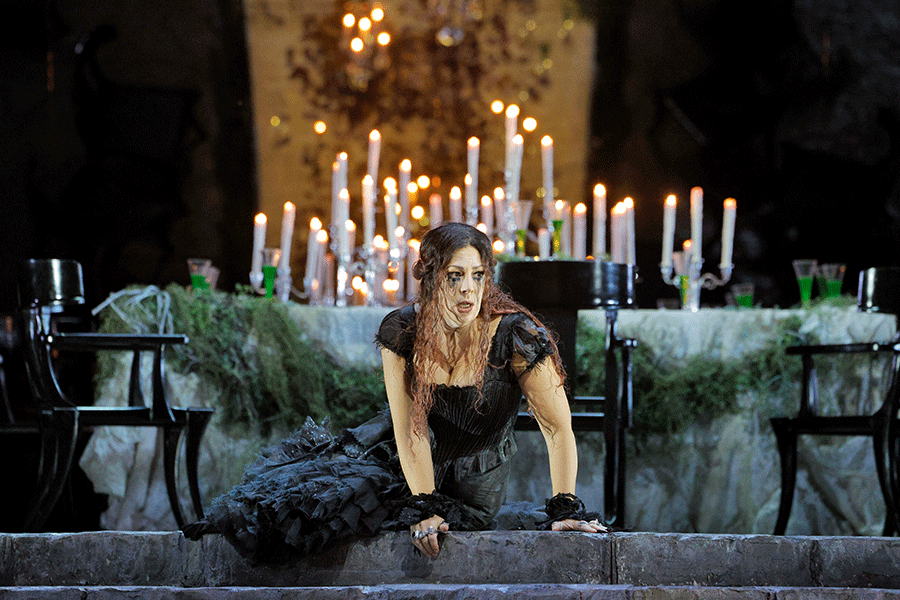“Klaus” (2019) is a hand-drawn animated family Christmas movie directed by Sergio Pablos and distributed by Netflix. While not generally seen as groundbreaking or revolutionary by the general public, the movie has done exceptionally well with tons of notable achievements and countless unique features. Since its release, the movie is still available to watch on streaming services like Netflix, Disney+, Apple TV, Amazon Prime Video, ESPN, and so on. Despite all this, “Klaus” is a movie that deserves way more love and viewership; it is grossly underappreciated and should have been considered an instant holiday classic, one to face against the dozens of other Christmas classics Americans watch every year.
“Klaus” has a 95% Tomatometer score on Rotten Tomatoes (Certified Fresh) with a 96% audience score. The site’s Critics Consensus says, “Beautiful hand-drawn animation and a humorous, heartwarming narrative make Klaus an instant candidate for holiday classic status,” with one reviewer even saying, “Klaus might be one of the best and most unexpected holiday films that I have seen in years.” IMDb also gave the movie an 8.2/10, a higher rating than “Home Alone,” “Elf,” “The Polar Express,” “How the Grinch Stole Christmas,” and “A Christmas Carol” (2009) Along with being an Academy Award nominee, “Klaus” even outdid “Toy Story 4,” gaining the title of best Animated Film of 2019 on Animation Magazine. With such raving reviews and positive reception, one has to wonder why, out of all the world’s classic holiday/Christmas films, “Klaus” is often left out of the running, when everything about it is just marvelous.
“Klaus” tells the story of Jesper Johansen (Jason Schwartzman), a young, spoiled, and lazy postman forced to face the challenge of his life. After deliberately underperforming in his training at the Royal Postal Academy (akin to a military academy), Jesper’s father forcibly sends him to work as a postman on the infamous, Northern, and remote island of Smeerensburg. In this new environment, he is sent on a mission to stamp and deliver 6,000 letters by his hand in one year, or else he is cut off from his family’s fortune. After discovering the island’s people are violent and strongly divided (the Krums versus the Ellingboes) he flees for the forest, where he meets a large, white haired toymaker known simply as “Klaus” (J.K. Simmons). By delivering one of Klaus’ toys to a child, Jesper unites the people of Smeerensburg under happiness, goodwill, and letters by starting the fabled tale of the island’s generous woodland toymaker, “Mr. Klaus;” if you’re good, you get toys, and if you aren’t you get coal.

The movie is an absolute masterpiece and deserves way more praise than the little it has. Firstly, it’s unique in that it’s a hand drawn movie with incredible shading and realistic (though sometimes dramatized) lighting. It also has an extremely flawed protagonist, which isn’t often seen in children’s movies, but “Klaus” does an excellent job in making the audience like him as the story progresses, especially after he creates the story of “Mr. Klaus.” It also deviates from the classic story of Santa Claus like so many other Christmas movies refuse to. Instead of putting Santa Claus in unique situations with movies like “The Year Without a Santa Claus” (1974), “Klaus” creates a unique origin story for Santa. Not only that, but the movie explains every affiliation with Santa that children know so well, including his red uniform, magic, reindeer, elves, letters, gift giving, selflessness, family, happy children, and even Christmas itself, which already existed in the world of the movie before the story of “Mr. Klaus” was created; Jesper made Christmas day Klaus’ day for giving gifts.
Along with beautiful visuals and a unique story, the movie also has odd yet interesting casting choices. Schwartzman is brought on as Jesper, and although he is a lesser known lead actor, he does a great and believable job with his role as Jesper. Having the character representing Santa Claus being played by J.K. Simmons is also a rather funny choice, as both the movie and Simmons himself make Klaus out to be a very menacing and mysterious character, at least in the beginning. This is especially amusing when one remembers Simmons’ legacy as an actor of many villains and merciless brutes in productions like “Whiplash,” “Invincible,” and “Spider-Man” (2002). Later, Klaus is revealed to be a very caring, sympathetic, and friendly character, turning Simmons’ voice from threatening to soothing or jolly, especially when Klaus tells stories from his past or when Klaus does his signature “ho ho ho” laugh.
Like any kids movie, Klaus ends on a hopeful note, though not entirely happy either. Despite his original plans to go back to the big city, Jesper stays in Smeerensburg and continues to help Klaus deliver letters and presents for many years. The people of Smeerensburg officially unite, Jesper marries and has two children with a fishmonger (re)turned school teacher named Ms. Alva, and Klaus’ gift giving operation spreads throughout the island and beyond. However, on Jesper’s 12th year at Smeerensburg, Klaus mysteriously disappears into the forest, supposedly dying and reuniting with his long dead wife Lydia, who he once planned to have many children with to give his toys to.
By all accounts, personal or statistical, “Klaus” is an incredible movie and a must watch for all festive peoples this winter break. Even for non-Christians, it’s a beautifully animated masterpiece that tells an important message of finding happiness and spreading selfless acts to those around you. It’s a Christmas movie unlike anything else out there, perfect for a night of cozy blankets while the snow trickles outside down the window. Perhaps this year, it’s time for holiday movie lovers to put down the likes of “Elf” or “Home Alone” and try something new for a change, something a bit more animated than what we’re used to.









